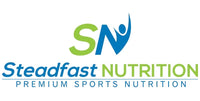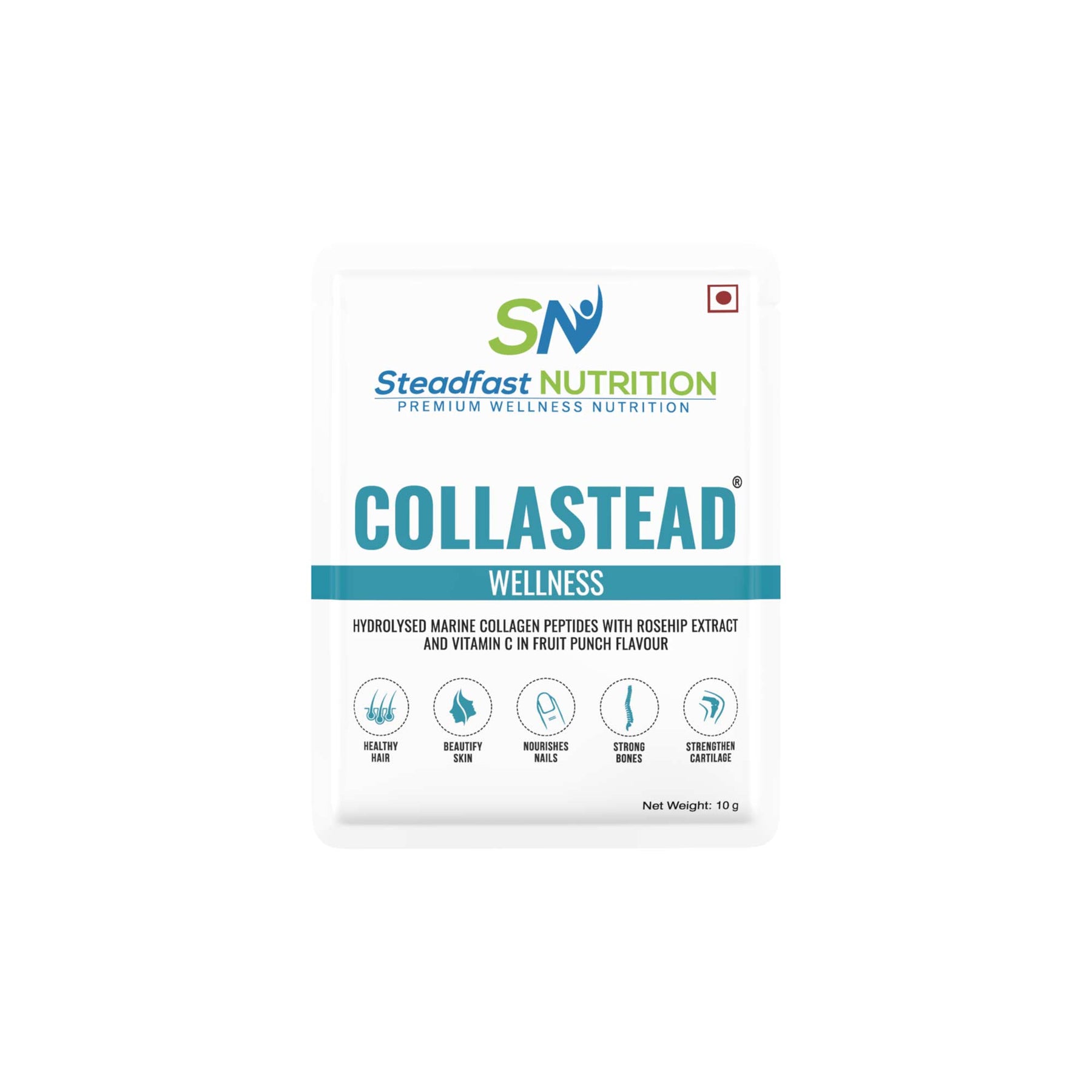
Powerlifting is a high-intensity strength sport that consists of three attempts at maximal weight on three lifts: squat, bench press, and deadlift. It requires a combination of power, technique, and flexibility. It involves the athlete attempting to lift maximum weight, single lift off a barbell loaded with weights. Performance is based on the generation of explosive power for a few seconds, relying almost completely on anaerobic energy. {Sarma Anantarup, 2017}.
The two important factors that determine strength are neuromuscular coordination and muscle size. Firstly, neuromuscular coordination is your technique or skill. In other words, your brain, nerves, and muscles can efficiently work in coordination to produce a movement pattern. The second key is the cross-sectional area of the muscle or muscle size. You can consider your muscles as the engine in a car; it makes the body go, whereas, neuromuscular coordination is the driver.
A strength athlete undergoes tremendous physical training to gain power and technique. Firstly, the squat position places tremendous pressure on the muscles in your body, especially your legs. Secondly, bench press is the quintessential chest exercise. The muscle that provides strength is the pectoralis major, even though all the chest muscles are involved. Thirdly, the deadlift technique involves lifting dead weight (weight without momentum). A loaded bar is lifted off the ground in level with the hips, then lowered to the ground. Besides, it is worthy to note that the wrong training technique can lead to muscular injuries.
What happens during the workout? All kinds of physical exertion can lead to the following chances:-
Damage to muscle proteins and structures.
Depletion of energy substrates.
Delayed onset of muscle soreness (peaks 24-48 hours post-exercise).
Increase in inflammation due to oxidative stress.
Although, certain extrinsic factors, for eg, training intensity, nutrition and intrinsic factors like age, body weight at certain times may be responsible for muscle injury. (Bengtsson, 2018).
What kind of dietary adaptations are needed?
There is an increased requirement of mainly carbohydrates and proteins in their diet. The ISSN (2005) stated the protein requirement for strength athletes should be 1.8 – 2 g/kg BW. The need for carbohydrates for several athletes is between 6 – 10 g/kg BW. Fat is still needed to aid in hormone production, as well as maintenance of other bodily functions.
Collastead can be of great help to recover muscle wear and tear and joints tendons. Collagen is the most abundant protein in our body and it is distributed throughout our body. It is especially found in skin, bones, muscles, tendons and connective tissues.
Collastead offers collagen in the form of peptides; which are smaller in size, of low molecular weight, easy to digest, highly absorbable and hence easily bioavailable to serve the purpose.
Collagen has been procured from Type I (marine) source, which makes Collastead a great product, providing great strength and health to our joints, bones, ligaments, tendons, connective tissue. (Clifford et al, 2019)
The health benefits are healthy hair, skin, and nails.
Vitamin C acts as an antioxidant and also helps promotes the synthesis of collagen fibres and plays a vital role in connective tissue healing.
Rosehip, a kind of accessory fruit of the rose plant is specially added for its strong anti-inflammatory property. According to studies, rosehip extract has been identified as beneficial, when it was given as a part of treatment during joints pain, osteoarthritis, and rheumatoid arthritis. In addition, rosehip carries a promising level of antioxidants, a boon for our heart, brain, skin and immune health.
Thus, Powerlifting (PL) is characterised by the ability to generate maximal force. Proper training and nutrition are needed for the improvement of the motor condition, sarcoplasmic (sarcoplasm is the cytoplasm of a myocyte which contains large amounts of granules of stored gyycogen) and muscle fibre hypertrophy, and to replenish glycogen store. So, repair and synthesis of collagen are of utmost importance to recover and avoid injuries and perform better. Buy Collagen.
Reference
Latella et al.(2018).Factors affecting powerlifting performance: an analysis of age- and weight-based determinants of relatives strength. INTERNATIONAL JOURNAL OF PERFORMANCE ANALYSIS IN SPORT https://doi.org/
Science and Practice of Strength Training (Zatsiorsky and Kraemer) – Training theory, small bits on nutrition to support strength training
Anantarup Sen Sarma (2017). Weight lifting and India: A brief overview,International Journal of Physical Education, Sports and Health 2017; 4(3): 323-326.
Victor Bengtsson, Lars Berglund, Ulrika Aasa.Narrative review of injuries in powerlifting with special reference to their association to the squat, bench press and deadlift. bmjsem-2018-000382.
Clifford,Tom et al (2009).The effects of collagen peptides on muscle damage, inflammation and bone turnover following exercise: a randomised, controlled trial.Amino Acids https://doi.org/


 Buy Now
Buy Now



